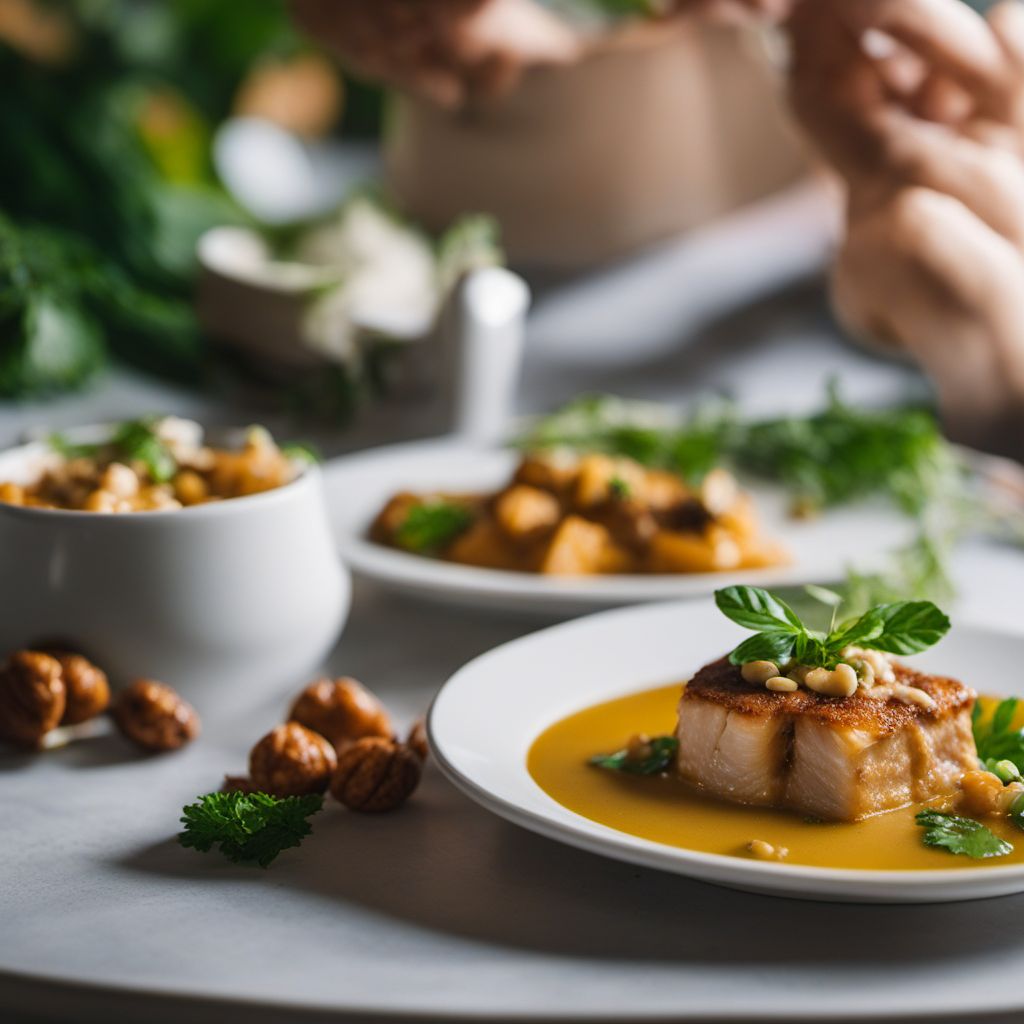
Dish
Burrida (Liguria)
Burrida is made by cooking dogfish in a broth made with white wine, garlic, and other seasonings. The fish is then served with a creamy sauce made with walnuts, bread crumbs, and other ingredients. This dish is often served with a side of boiled potatoes or other vegetables.
Origins and history
Burrida originated in the Liguria region of Italy and is a popular dish in coastal towns such as Genoa and La Spezia.
Dietary considerations
This dish is high in protein and can be a good source of omega-3 fatty acids if made with fatty fish. However, it can also be high in fat and calories depending on the amount of cream and bread crumbs used in the sauce.
Variations
Variations of this dish may include using different types of fish or adjusting the level of creaminess in the sauce.
Presentation and garnishing
Burrida can be presented on a large platter with the fish in the center and the sauce drizzled over the top. Garnish with fresh herbs and sliced citrus fruits.
Tips & Tricks
Be sure to use fresh fish for the best flavor. Adjust the level of creaminess in the sauce to your liking.
Side-dishes
Boiled potatoes or other vegetables are common side dishes for Burrida.
Drink pairings
This dish pairs well with a full-bodied red wine or a crisp white wine.
Delicious Burrida (Liguria) recipes
More dishes from this category... Browse all »

Altang
Mongolian cuisine

Bahamian Crab Soup
Bahamian cuisine

Bisque
French cuisine

Bouillabaisse
French cuisine
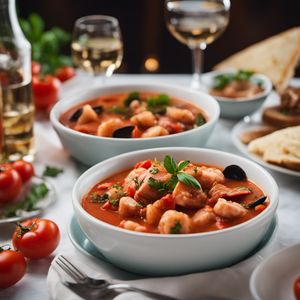
Brodetto alla vastese
Italian cuisine

Caldo de camarón
Mexican cuisine

Caldo de siete mares
Mexican cuisine
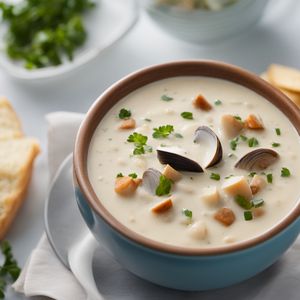
Californian Clam Chowder
American cuisine
More cuisines from this region... Browse all »
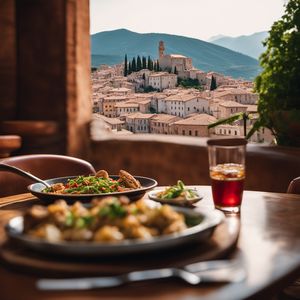
Abruzzese and Molisan cuisine
Savory, Earthy, Rustic, Hearty
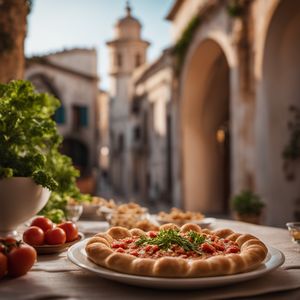
Apulian cuisine
Fresh, Savory, Rustic, Simple
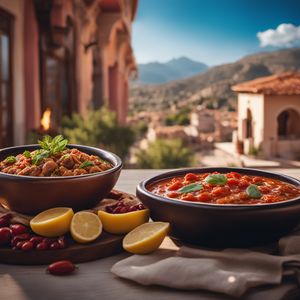
Arbëreshë cuisine
Savory, Tangy, Herbaceous, Spicy

Basilicatan (Lucanian) cuisine
Savory, Earthy, Rustic, Hearty

Ligurian cuisine
Light, Delicate, Herbaceous, Salty

Lombard cuisine
Rich, Savory, Meaty, Cheesy

Neapolitan cuisine
Bold, Savory, Spicy, Tangy, Fresh

Roman cuisine
Fresh, Light, Herbaceous, Tangy, Savory

